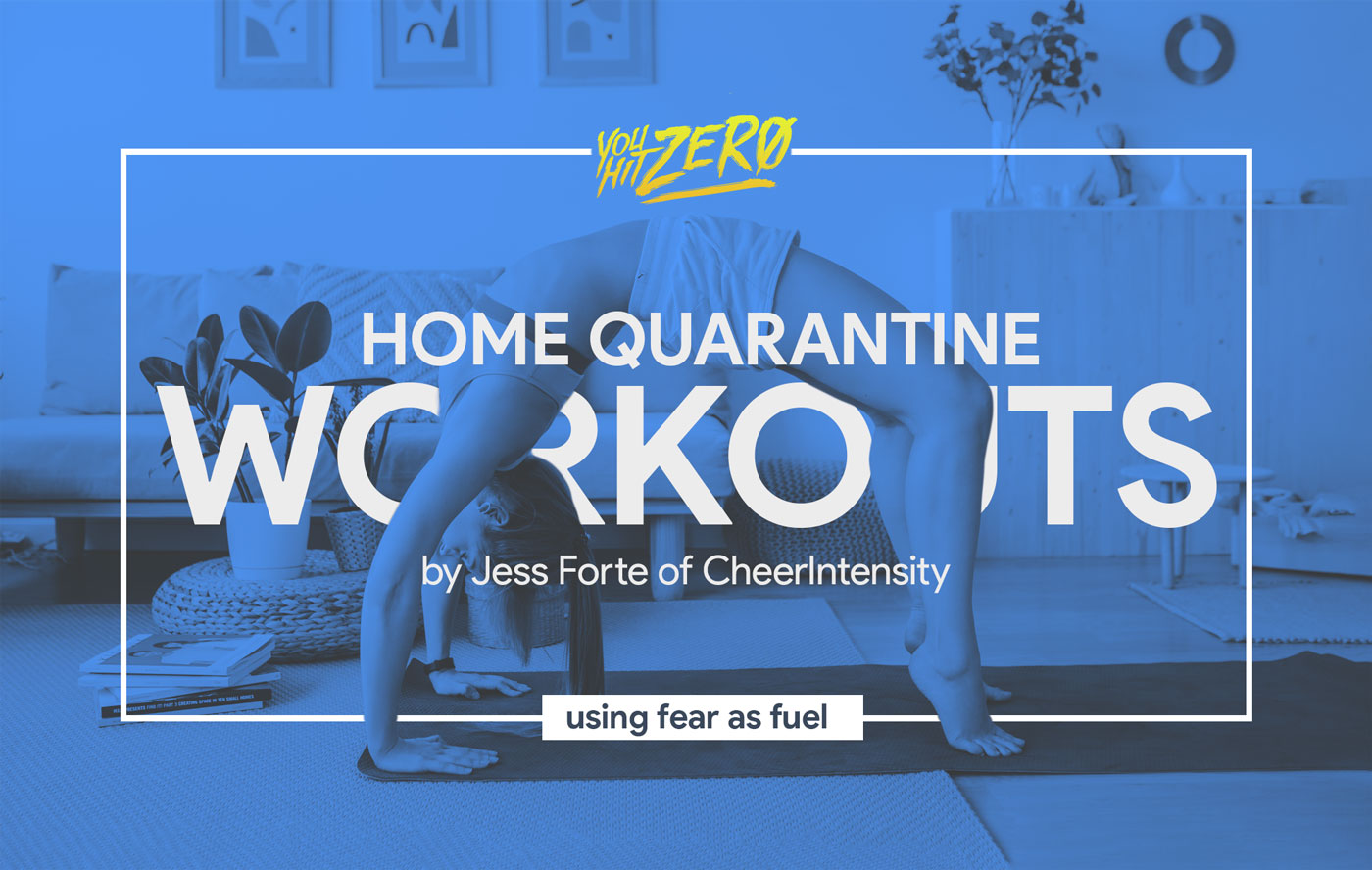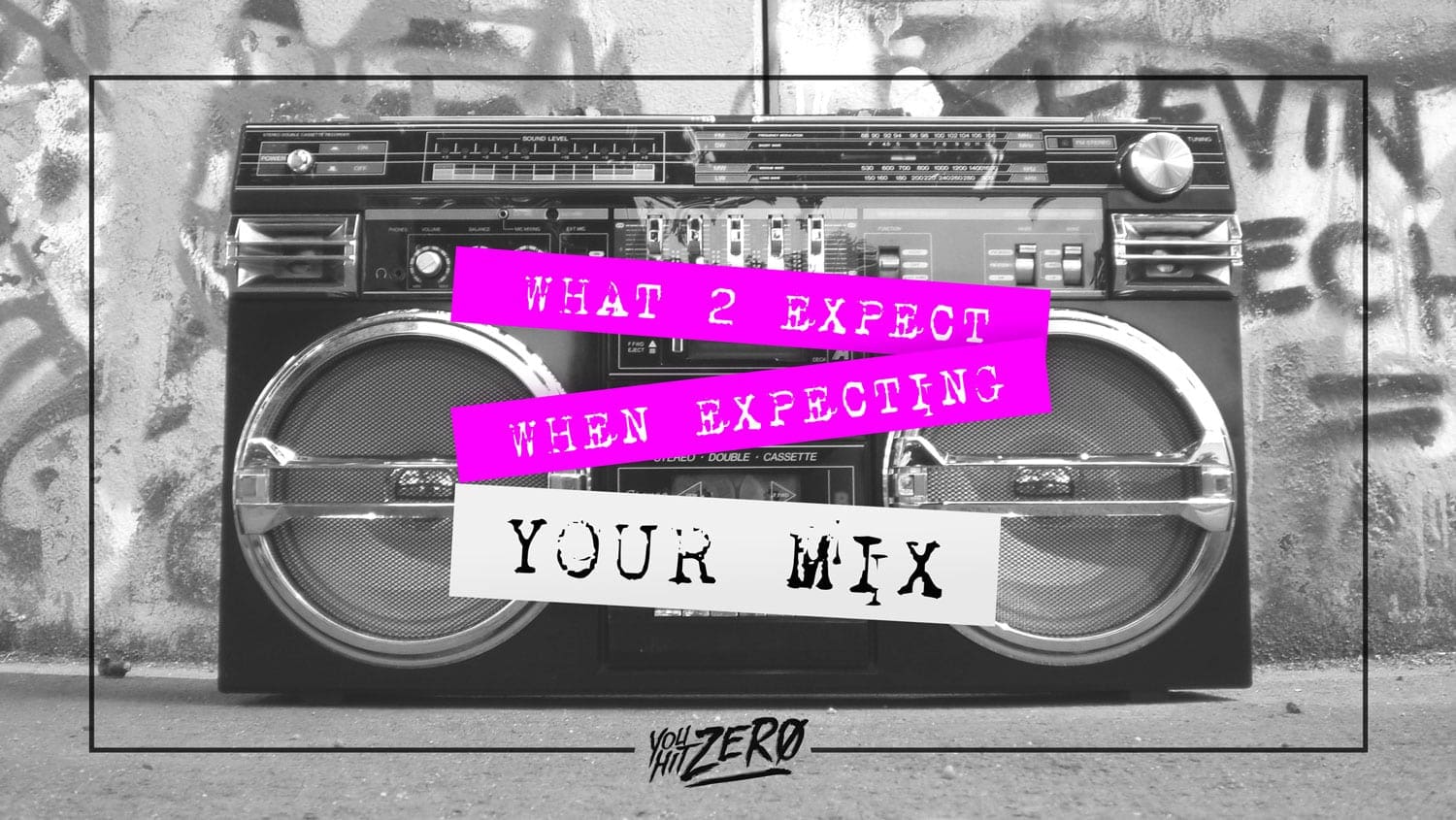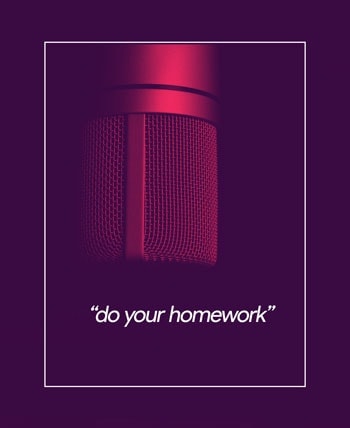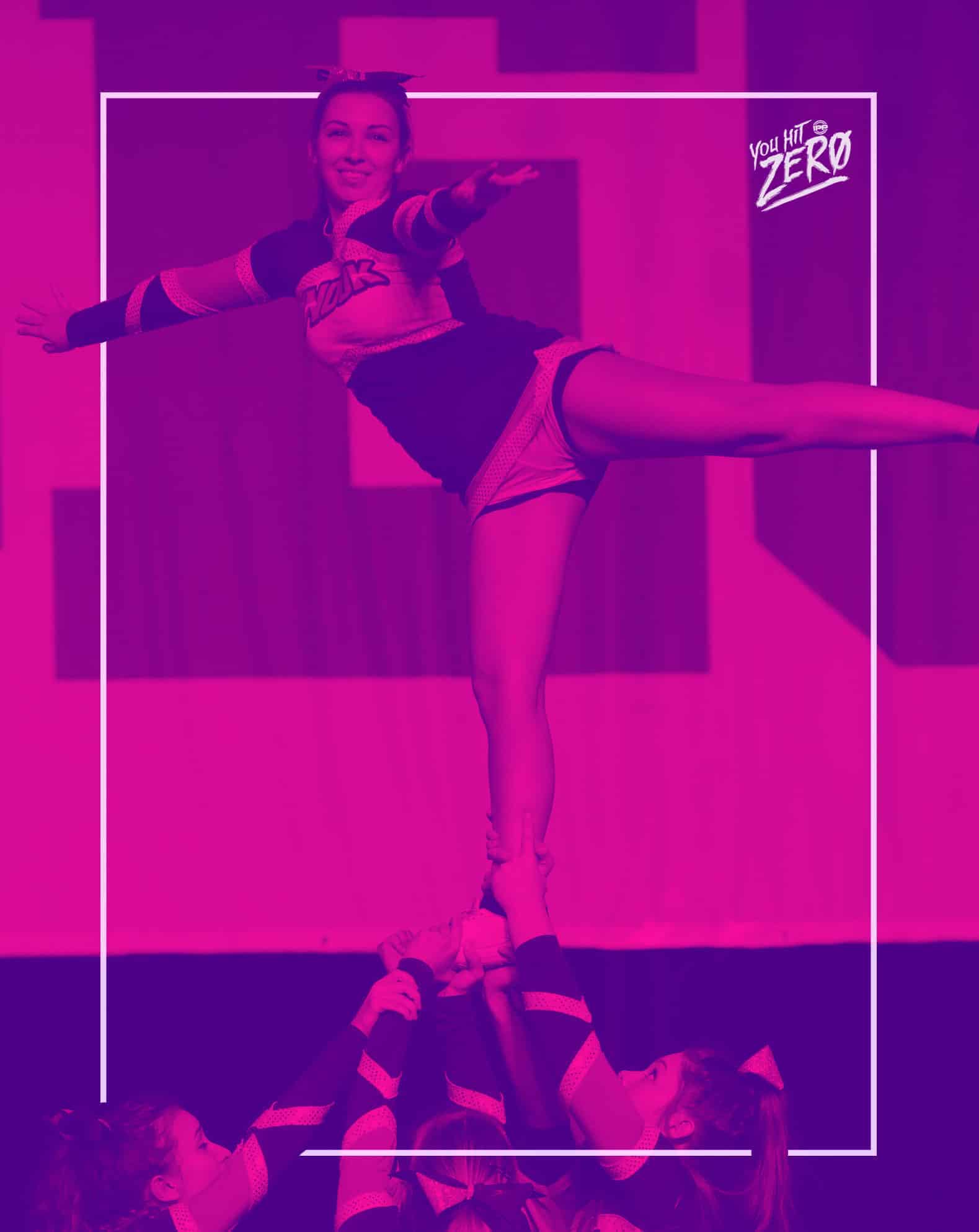By Jess Forte
Published March 20, 2020
This is our world...
I often liken the anticipation, the adrenaline we experience to climbing that first major drop of the highest roller coaster in the amusement park. It’s “Scary” in a sense, but also exhilarating! This sense of “fear” has ironically preceded almost anything and everything great in my life. Or is it not irony?
One of my Level 5 athletes was walking to perform in A Hall at NCA Nationals a few weeks ago and asked me “why do I keep doing this, even though I feel like I am about to vomit? But I continue to want to cheer, to put myself back on that stage?”
On Deck
The butterflies
The jittery hands
The lights blinding
The roar of the crowd
The smell of sweat
The 9 panels
The music starts
A snap, a wink, a smile
Let’s go
The point stunt
The last pass
Your coaches’ eyes scream “you’ve got this!”
The final structure
The last pose
The embraces
The tears
I recently read a book entitled “Fearvana” by Akshay Nanavati. He firmly believes that fear is an essential element to unlocking our potential, our success, and our passion. That finding and enduring a worthy struggle can open doors that we didn’t know existed and allow us the ultimate amount of bliss and fulfillment. So basically, All-Star Cheerleaders are onto something! Akshay defines fearvana as “the bliss that results from engaging our fears to pursue our own worthy struggle.” We experience our own version of “Fearvana” when we stand in the corner to throw a new pass, or when we set for our routine at Nationals.
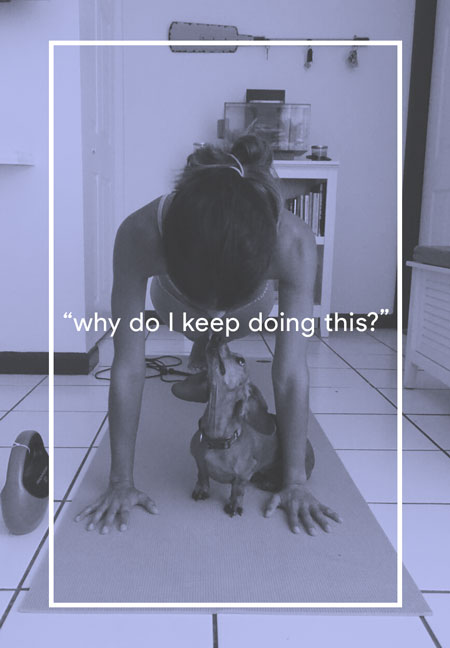
So now on May 20, 2020 we find ourselves in a very odd situation. Our season, as we had envisioned it, was stripped from us by the Coronavirus. And there are so many unknowns. As an adult, I am having to draw on all I have known in my life to come to a logical conclusion that “this too shall pass;” that difficult situations come upon us and we are equipped as humans to work through them and overcome obstacles. Our athletes may not have this frame of reference. For them, their world is potentially about to be turned upside down. What I want to tell them is that you are right where you are supposed to be. If that is in a state of FEAR, that’s ok.
Because fear keeps us on our toes; it elicits a heightened sense of reality that allows us to be our best selves. And who is better equipped to handle this fear than an all-star cheerleader? You all face it head on every day! And not only that, but you thrive on it! You hit that stunt, you land that pass, and you rock that dance – butterflies and all! So you have the tools to handle this, too.
SO WHAT ARE YOU GOING TO DO?
Every athlete is being dealt the same hand right now. But it is your choice how you decide to handle it. If you are forced to be home for an undetermined amount of time, what is going to propel you from the state of fear, disappointment, or anger into a state of being that is productive for your goals in the sport! Here is a suggested to do list:
-
Write down 3 of your goals every morning. The same 3!
-
Write down actions you can take NOW to take a step towards those goals (conditioning, studying technique, reading motivational books, contacting college coaches if you are an upperclassman, applying for scholarships at your dream school, e-mailing you gym owner to ask for internship hours, or your coach to help set a plan to achieve your goals when the gym opens back up.)
-
Schedule those actions for each day. For example:
- 9:00 am – wake up and get ready
- 9:30 am – eat a breakfast high in protein and fats! (Think eggs, sausage, bacon)
- 10:00 am – journal goals and current emotions (this will be cool to look back on)
- 10:30 am – school work
- 12:30 pm – lunch high in nutrients (think salads, fruits, veggies)
- 1:30 pm – Conditioning workout (example below)
- 2:30 pm – more school work
- 3:30 pm – watch tumbling technique videos, read a motivational book, or work towards goals
- 4:30 pm – flexibility regimen
- 5:30 pm – Dinner high in protein and carbs (think pasta, steak, potatoes, meat)
- 6:30 pm – Relax and connect with teammates, coaches, etc.
Get at least 8 hours of sleep!
Adam Forte's Conditioning Workout
1. WARM UP
30 seconds each exercise X 3
- Jog in place
- High Knees
- Butt Kicks
- Mummys
- Heisman
2. JOINT ROTATIONS
Upper Body
-
- Finger wiggle and squeeze
- Motorcycles
- Wrist circles (both ways)
- Arms behind head
- Arms across body
- Hold hands behind back and pull up
- Look up, down
- Tilt head to both sides
- Shoulder rolls
- Arm circles forward and back
- Small arm circles forward and back
- Arms up tilt both ways
- Hips washing machine
- Hips figure 8
- Leg swings forward/back 5x each
- Cross leg swings (knee to front)
- Pony (alternating knees)
- Ankle circles (both ways)
- Sit on shins and rock back and forth
- Sit on heels and arms behind head turn (to both sides) and tilt 3x
- Hands and knees one arm behind head elbow up/elbow down 5x
Wrists
-
- On hands and knees circle around
- Fingers facing you
- Side to side
- Cross hands (both ways)
- Back to all fours and do 5 flicks
- Palms up
3. JUMP FOCUS
- 10 Double Marked Jumps
- 10 Double T Jumps
4. JUMP Conditioning
3 Rounds
- Fast Kicks – 20
- Side Hurdler Lifts – 20 Right and Left
- Hip Rolls – 20 Right and Left
- Toe Lifts – 20
- Floor Jumps – 20
5. TUMBLING Conditioning
3 Rounds (you can lower amount on each if you would like)
- Plank – 1 Min
- Side Plank – Right and Left 30 Min
- Superman Hold – 1 min
- Lunge Hold – 30 Sec*
- Lever Hold – 30 Sec*
- Heel Kicks – 30*
*Do one leg then the other
6. Stunt Focus
3 Rounds of 30 seconds each
- Mountain Shrugs – 20
- Lib Lifts – 10 Right and Left 10
- Full Up Squats – 20
- Ext Pops – 10
7. Cool down/stretch
Adam Forte's Flexibility Workout
1. WARM UP
30 seconds each exercise X 3
- Jumping Jacks – 30 Seconds
- High Knees – 30 Seconds
- Butt kicks – 30 Seconds
- Mummys – 30 Seconds
- Sprawls – 10
2. BRIDGES
3 Rounds
- 3 Count Bridges – 10
- Bridge Hold – 30 Seconds
- 1 Leg Bridge Kick Right – 20
- 1 Leg Bridge Kick Right – 20
3. Split Warm Up
Alternate Right and Left Leg 3x
- Leg Lift Kicks – 12/10/8
- Forward Lunge Twist Stretch – 30 Seconds
- Forward lunge kick – 30/20/10
4. Right and Left Splits
1 Min hold each
- Sit up – 30 Seconds flex foot and lock back leg
- Chest Down
- Head up arms back in should stretch
4. CENTER
1 Min hold each
- Squat Stretch
- Frog Stretch
- Center Split



